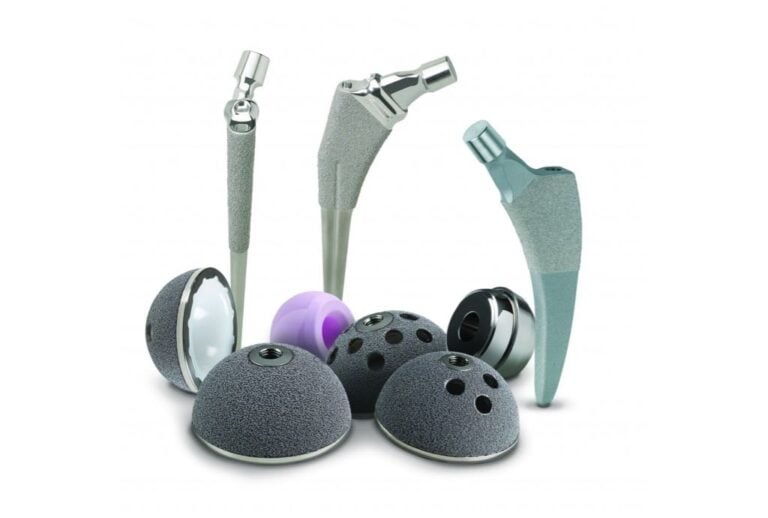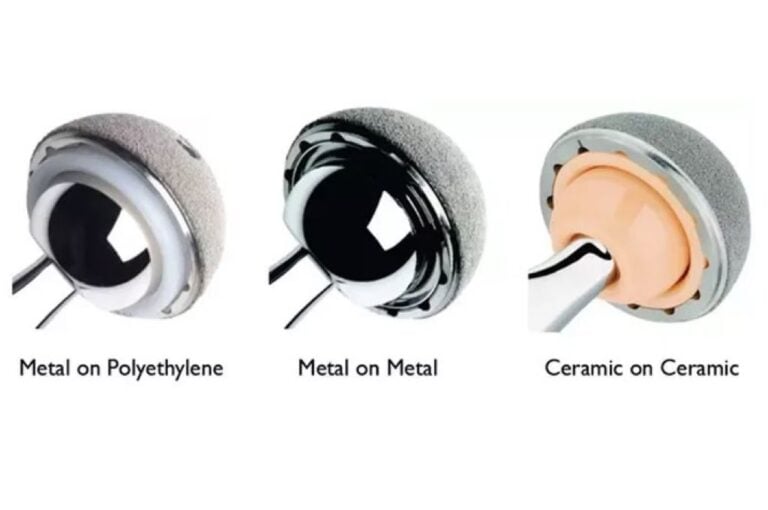The hip joint is a simple ball and socket shape. The ball is at the top of your thigh bone and the socket is in the side of your pelvic bone. Depending on the amount of damage caused by arthritis, a surgeon may recommend hip resurfacing or total hip replacement surgery to a patient.
If hip resurfacing is an option, the surgeon will simply reshape the damaged surface of the femoral ball and then cover it with a round metal cap. The limitation here is that the procedure only works for bone that is not too damaged by arthritis. Generally speaking, surface replacements are not performed on patients with serious arthritic conditions, because if the bone is not strong enough, there is a small but real risk of fracturing. Therefore the average age of resurfacing patients may be 50 years or younger. Statistically, the resurfacing operation is an option for about 7 out of a 100 patients.
For a total hip replacement, the surgeon will remove the entire arthritic ball. He will then prepare the top end of the thighbone to receive a metal anchor (stem). This stem will fill the bony canal for stability. Once that is fixed in place, he will simply cap it with a suitable size of ball.
In both hip resurfacing and total hip replacement procedures, the surgeon will reshape the damaged surface of the bone and install a metal cup. With resurfacing the second limitation is that only a certain type of metal bearings can be used, which may wear and release debris and metal ions. This creates a third limitation for resurfacing, i.e. some surgeons will exclude female patients of childbearing age due to unknown effects of metal ions on the pregnancy.
With total hip replacement, the removal of the diseased ball gives the surgeon many more options in material choices, for example polyethylene, cobalt-chrome alloy and ceramics. There are also additional choices in various ball diameters and cup designs that resurfacing does not have. Thus total hip replacement is a far more common procedure than hip resurfacing and has a much longer history worldwide.
Your doctor should explain to you which hip replacement is best for you and why.






